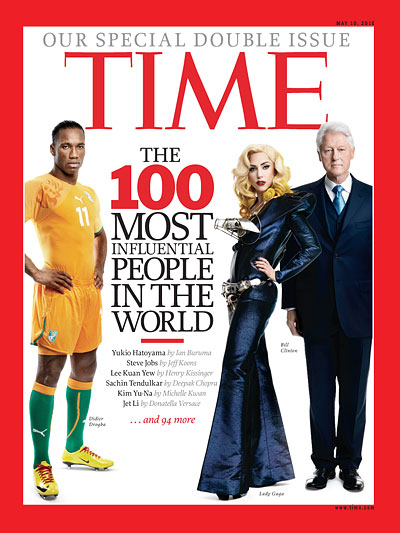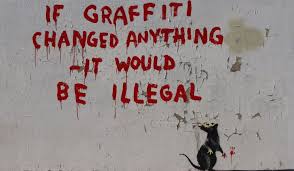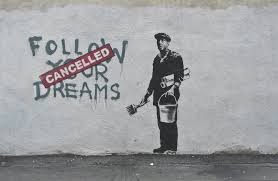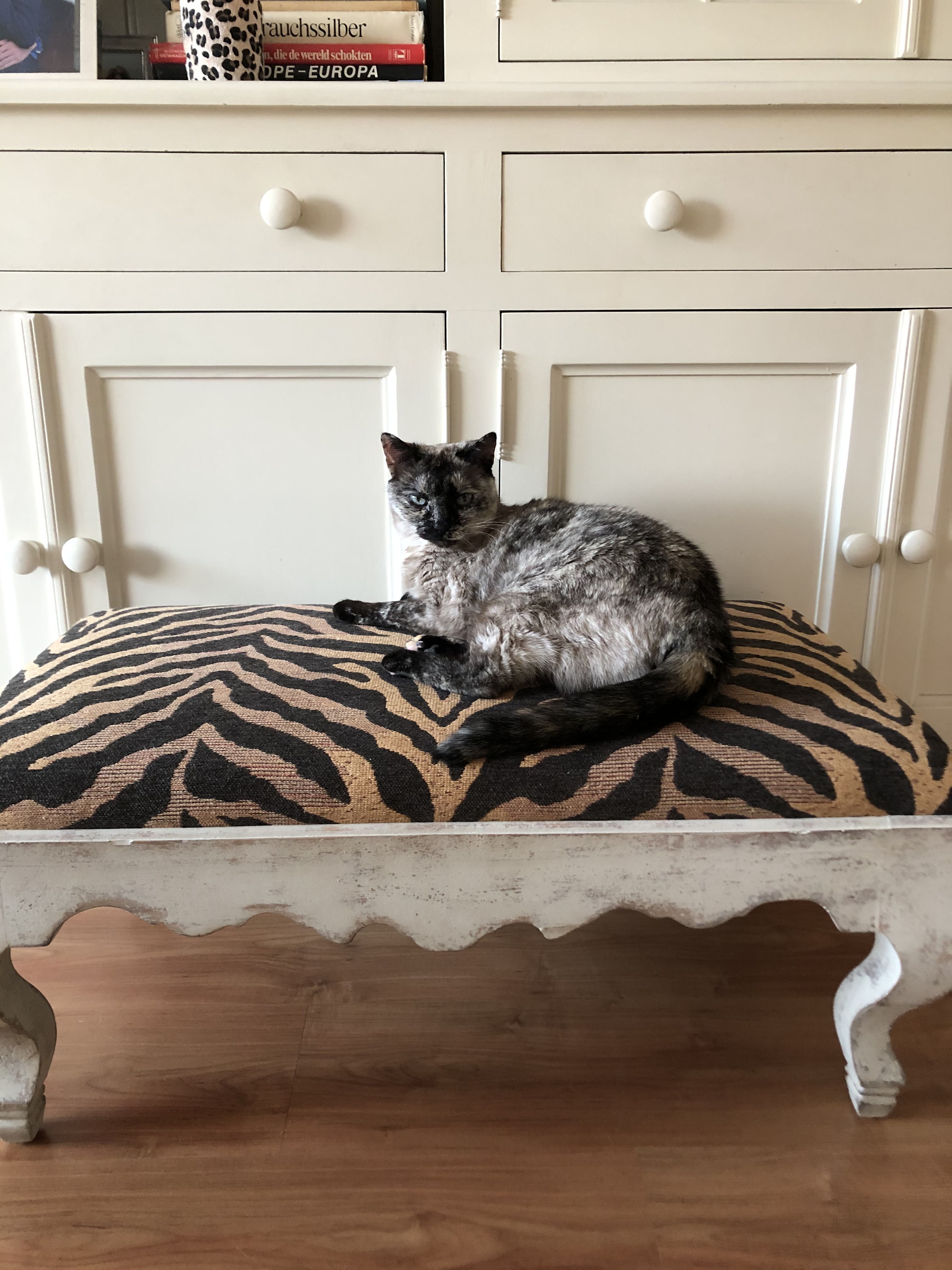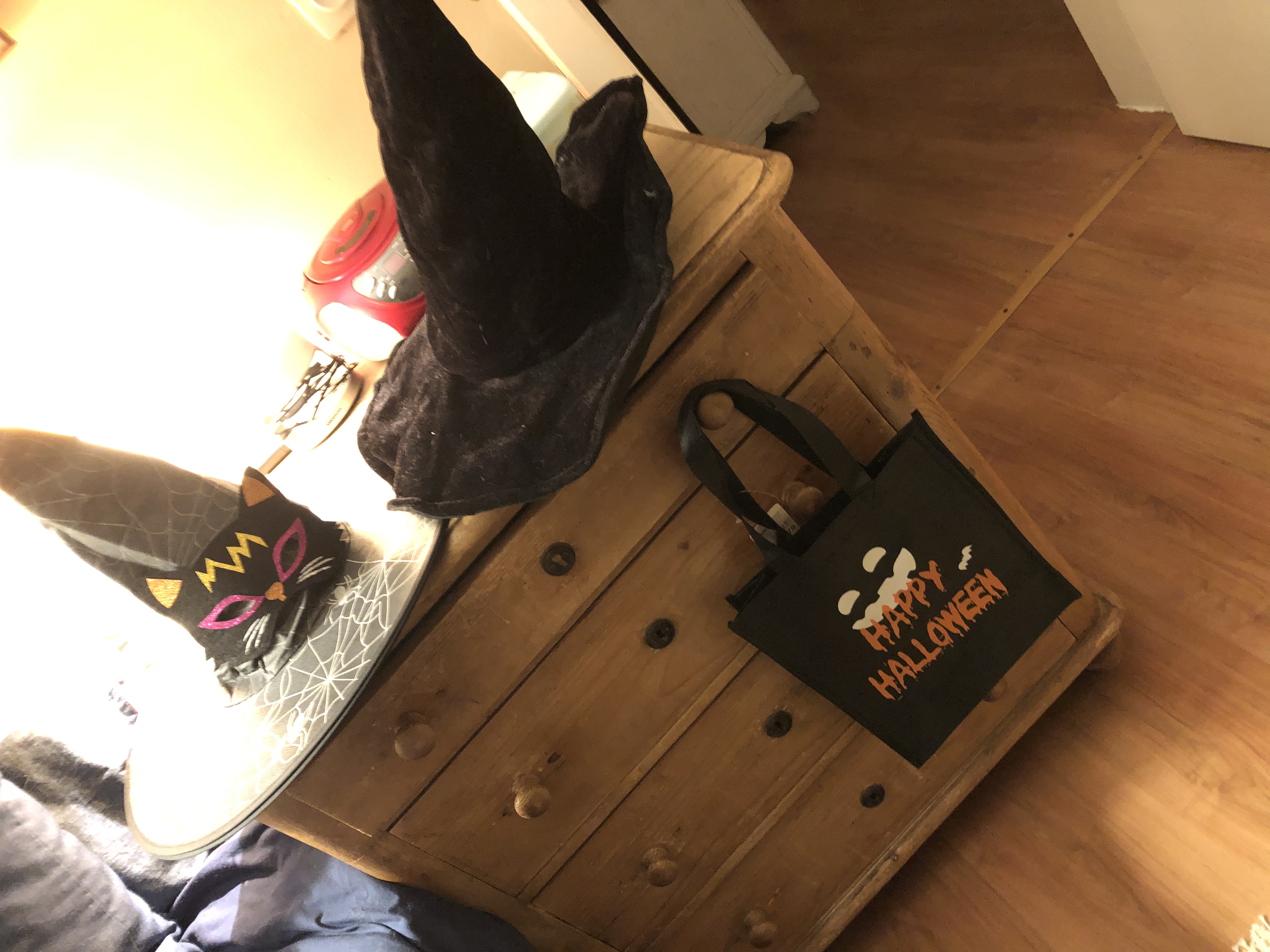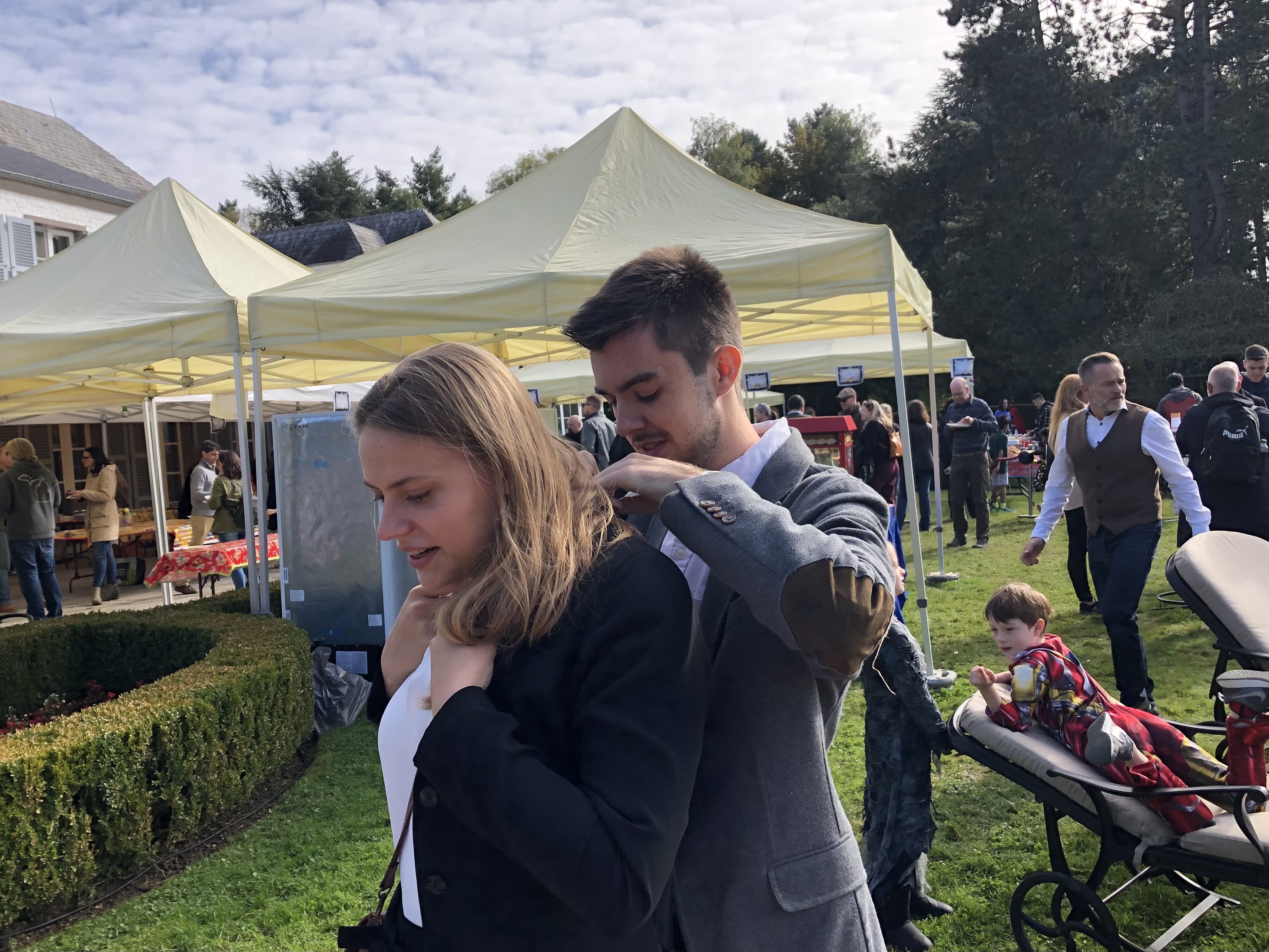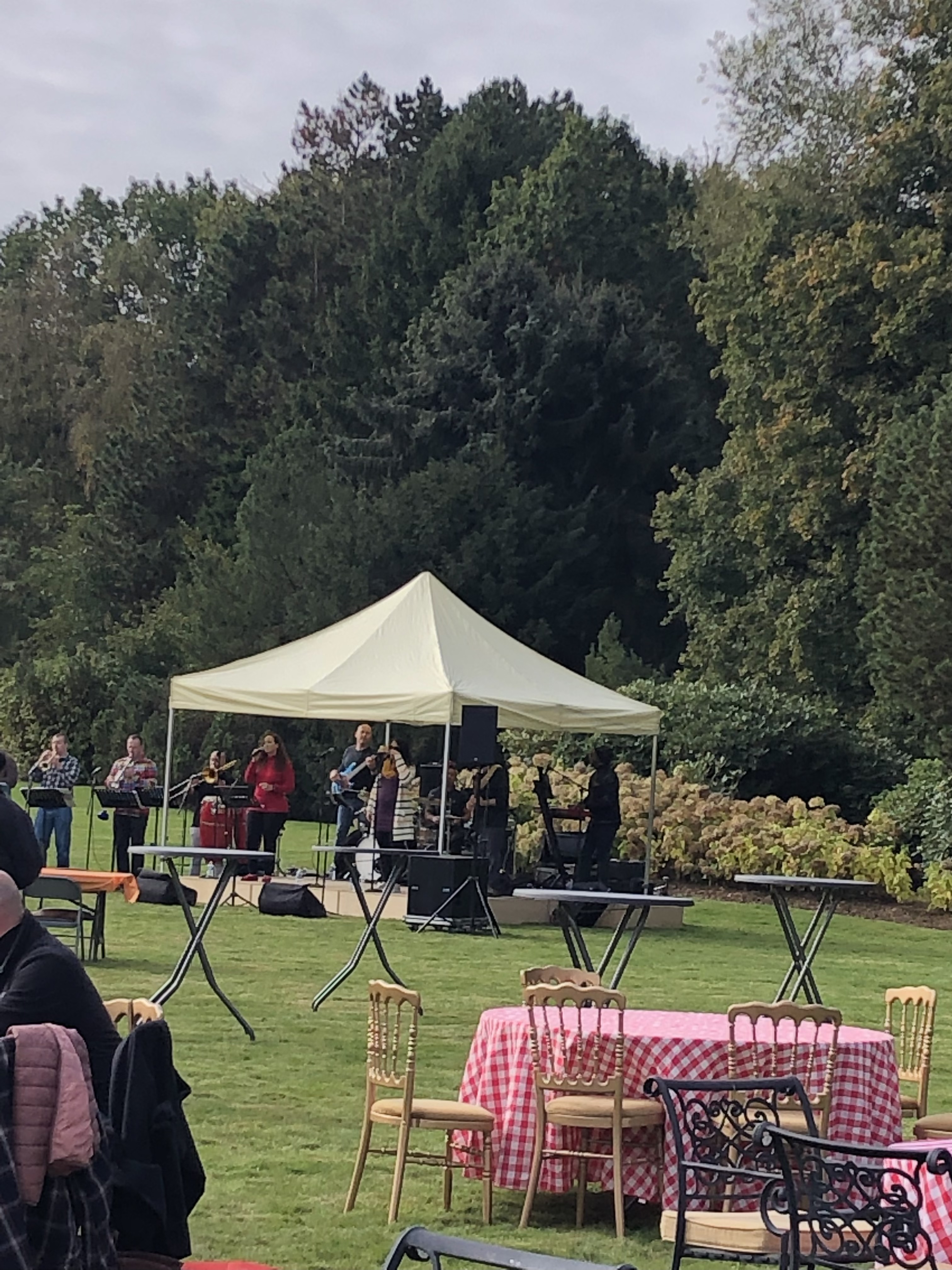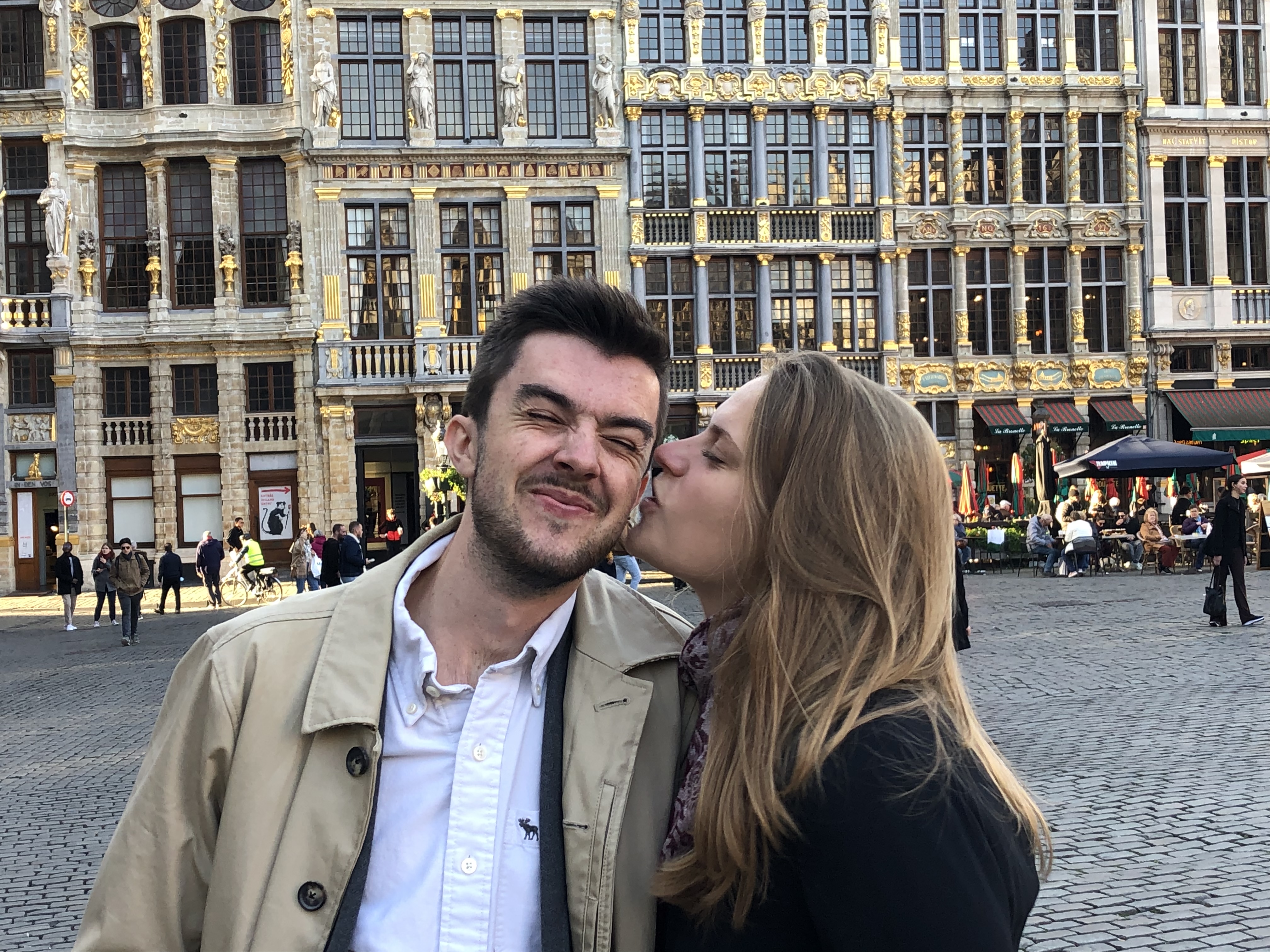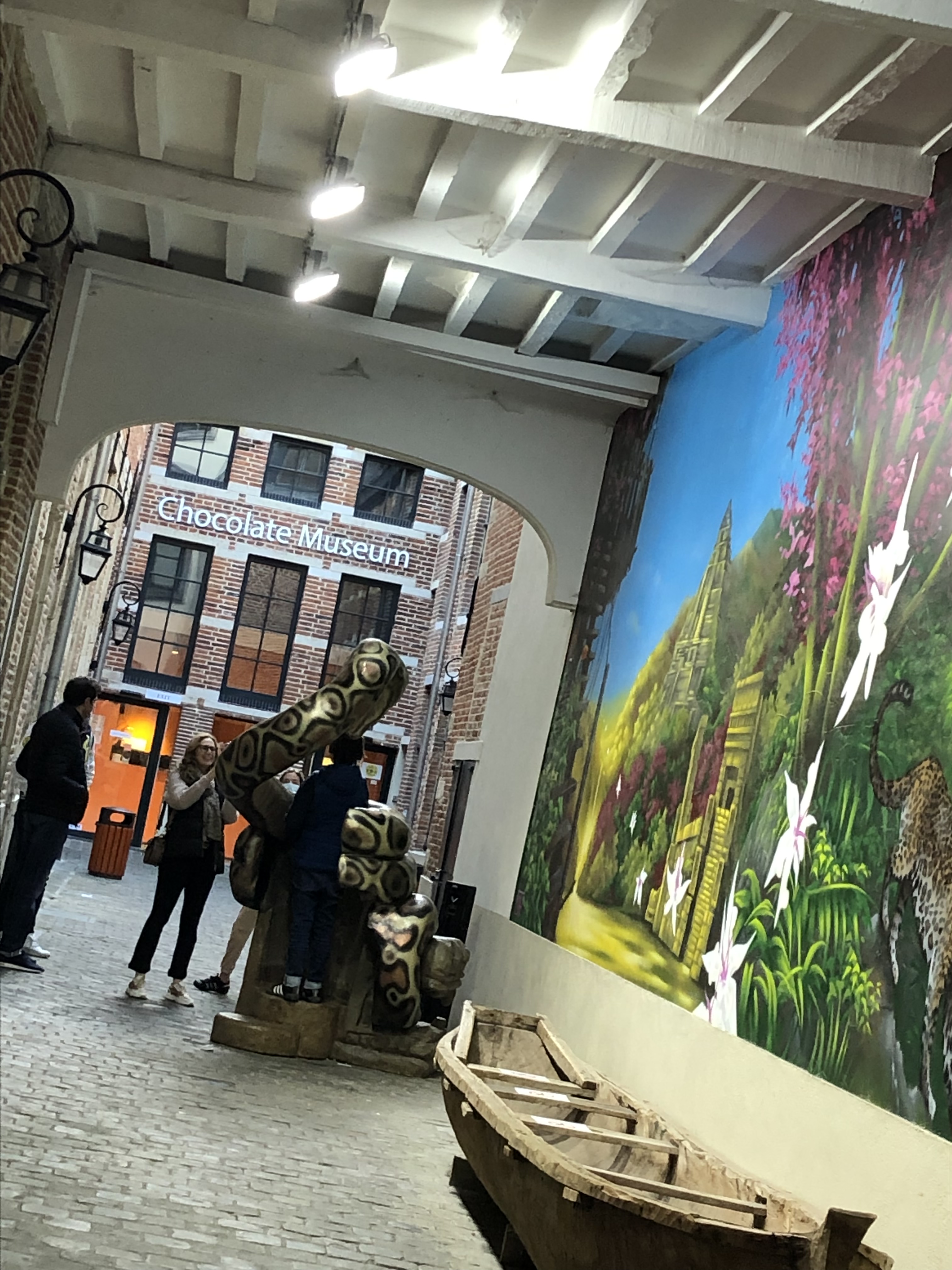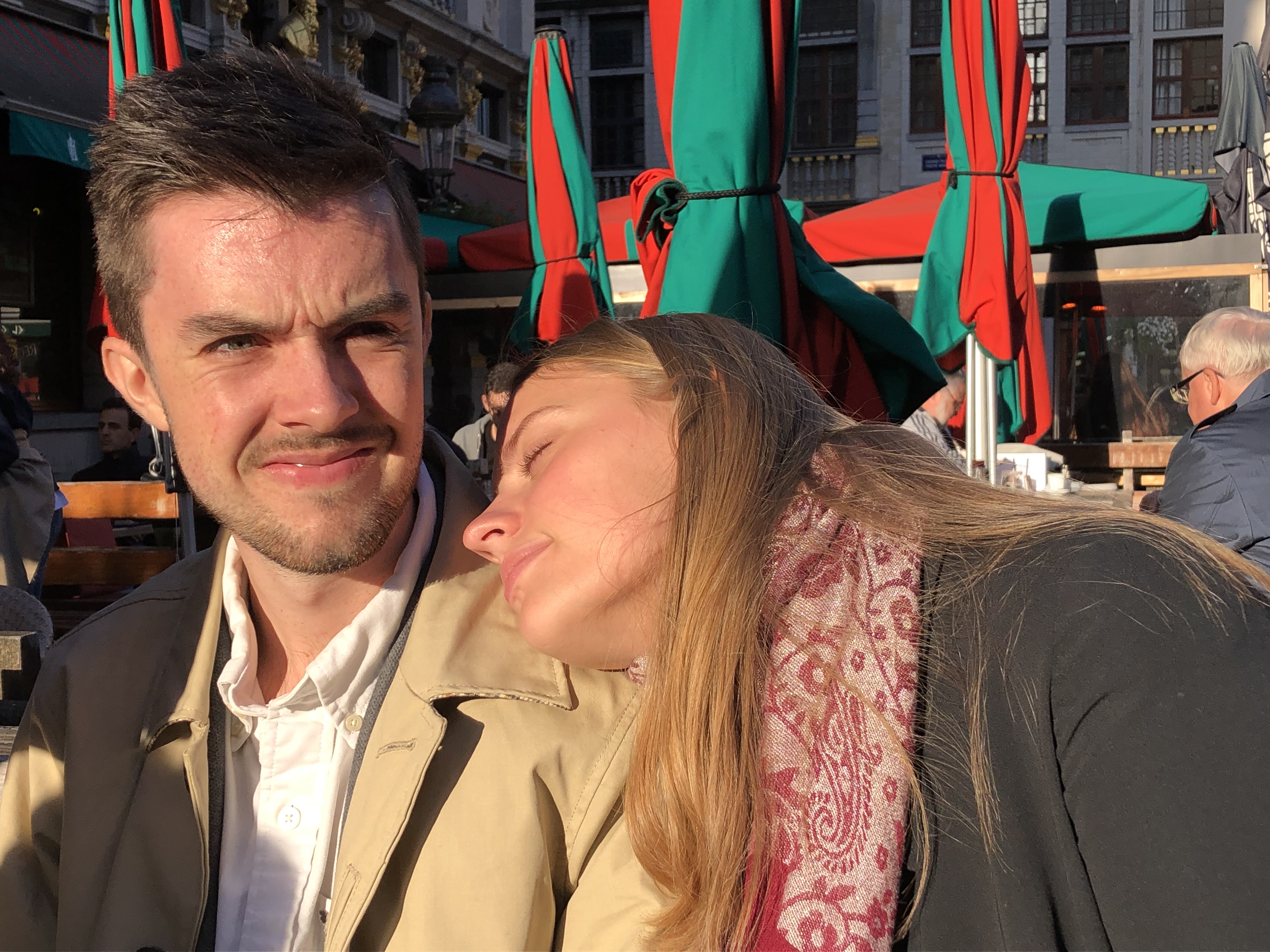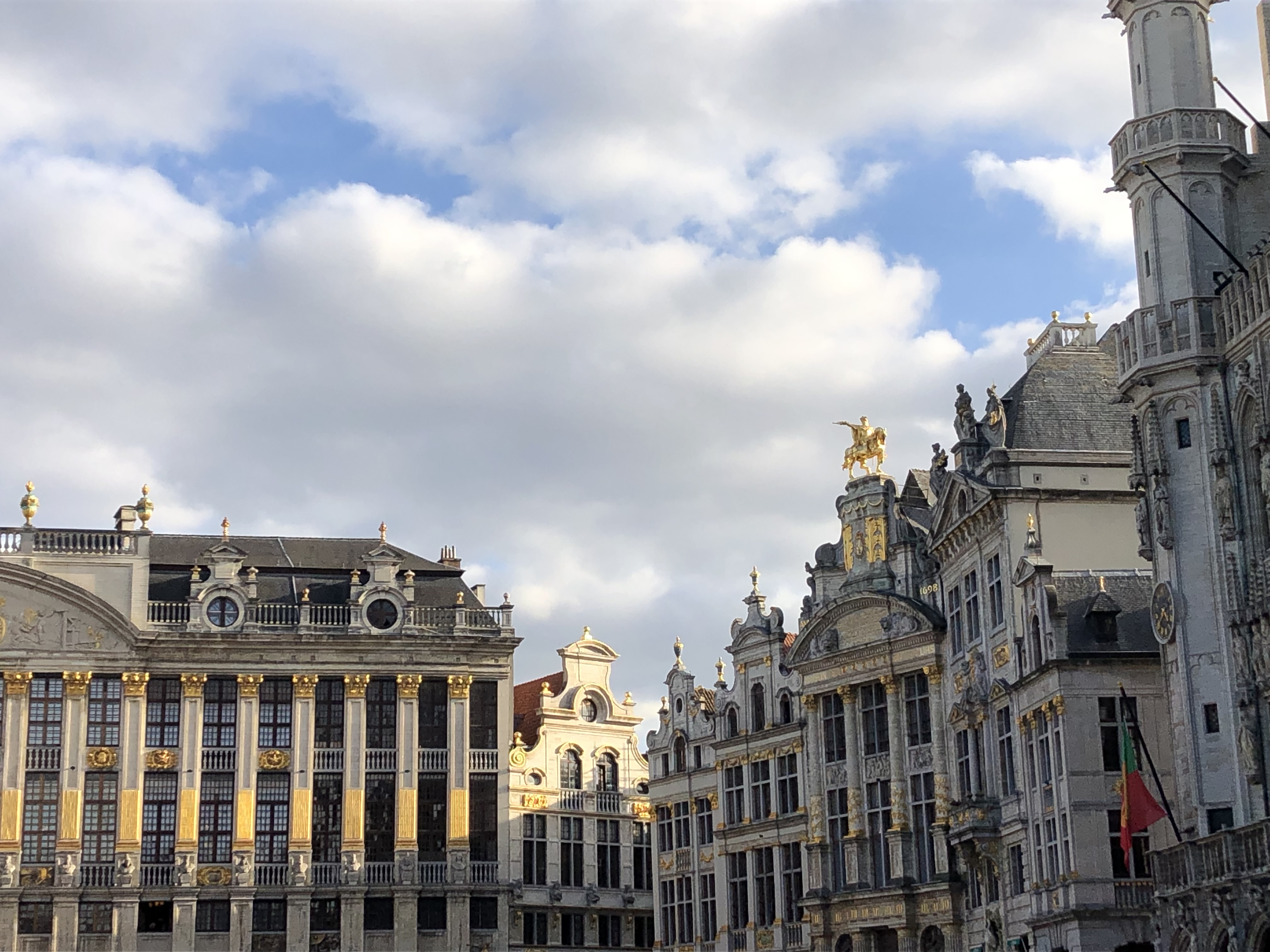Since we were in Brussels, we could not miss to check out the Expo of Banksy ’ Genius or vandal’ There has been so much controversy about this artist ever since I started following him on social media. One thing is for sure: You can’t be indifferent to what you see.
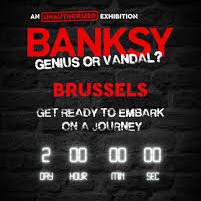
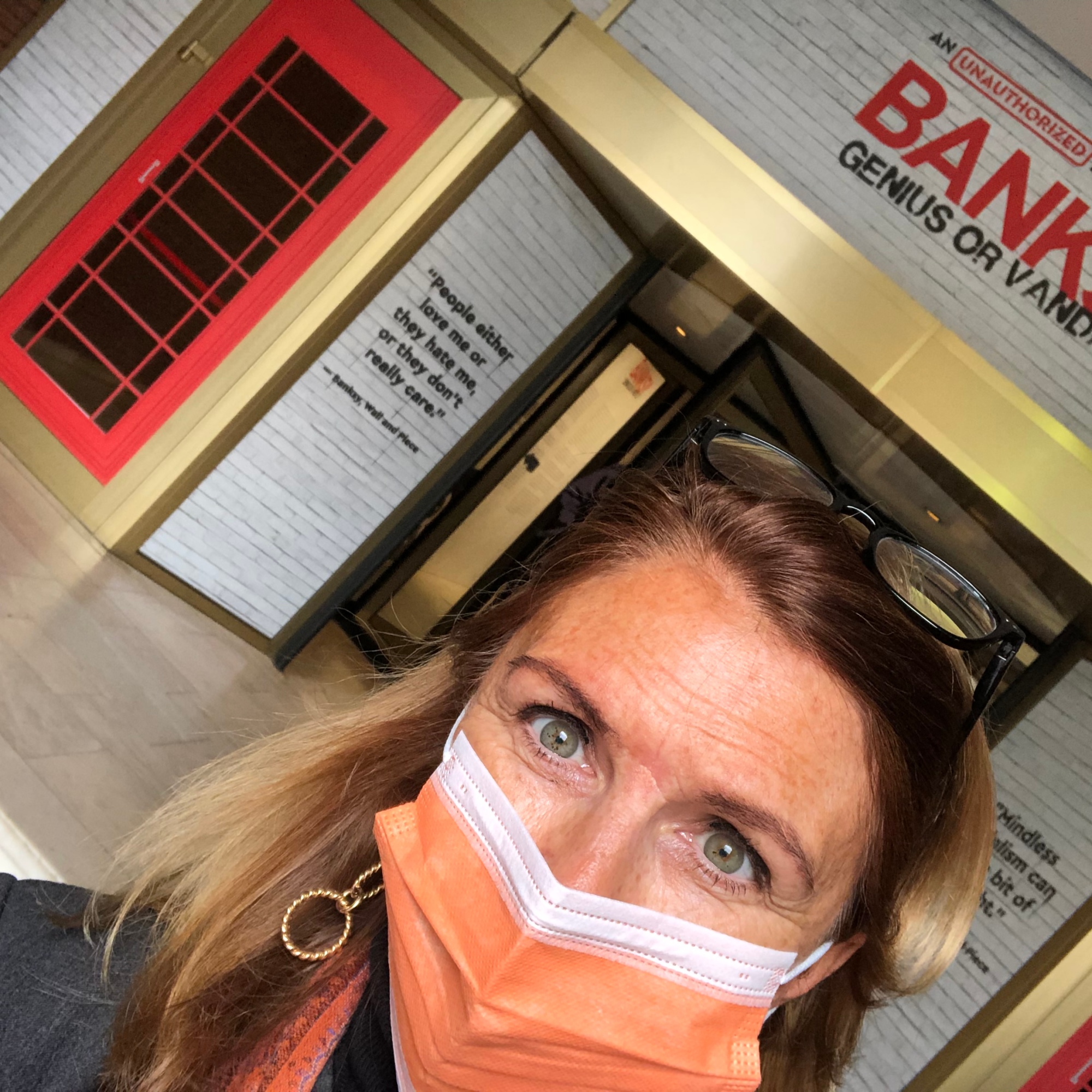
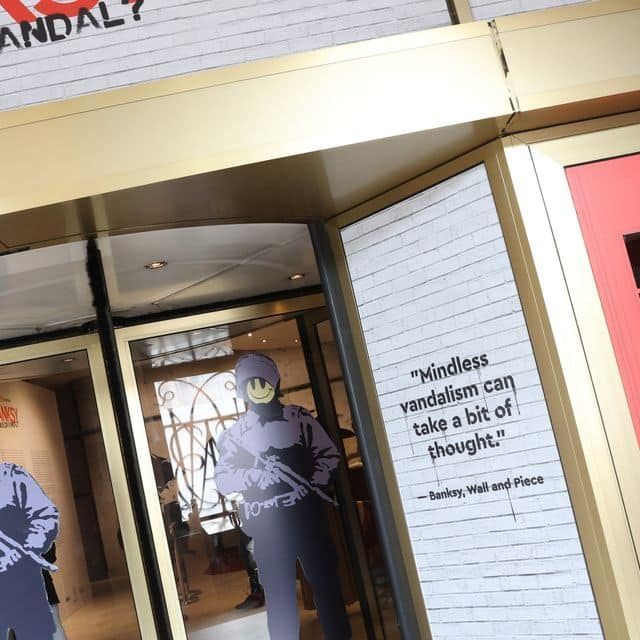

When, in 2010, Time magazine selected the British artist, graffiti master, painter, activist, filmmaker and all-purpose provocatist—for its list of the world’s 100 most influential people, he found himself in the company of Barack Obama, Steve Jobs and Lady Gaga. He supplied a picture of himself with a paper bag (recyclable, naturally) over his head. Today, he has bombed cities from Vienna to San Francisco, Barcelona to Paris and Detroit. And he has moved from graffiti on gritty urban walls to paint on canvas, conceptual sculpture and even film, with the guileful documentary Exit Through the Gift Shop, which was nominated for an Academy Award.
It intruiges me that so little is known about the person behind Banksy, as he continues to keep his true identity a secret. There has also been speculation that rather than being a single person, Banksy is a team of seven artists. So, I needed to do some research.

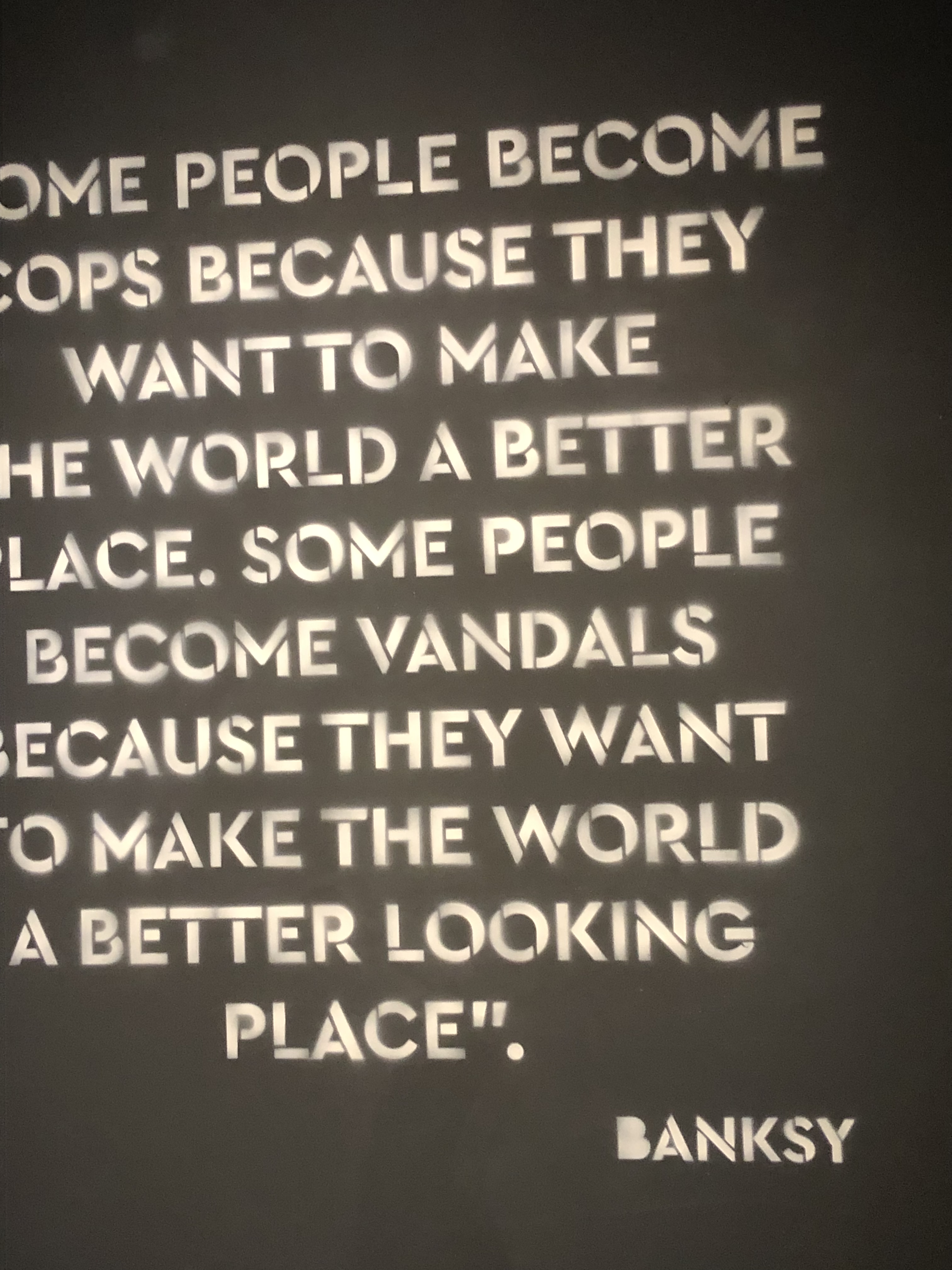





Banksy is the pseudonym of this “guerrilla” street artist who is known for his controversial, and often politically themed, stenciled pieces. His artwork is characterized by striking images, often combined with slogans. His work often engages political themes, satirically critiquing war, capitalism, hypocrisy and greed. Common subjects include rats, apes, policemen, members of the royal family, and children. In addition to his two-dimensional work.
A lot of pieces have drawn attention for their edgy themes or the boldness of their execution. Banksy’s work on the West Bank barrier, between Israel and Palestine, received significant media attention in 2005. He is also known for his use of copyrighted material and subversion of classic images. An example of this is Banksy’s version of Monet’s famous series of water lilies paintings, adapted by Banksy to include drifting trash and debris.
Banksy’s worldwide fame has transformed his artwork from acts of vandalism to sought-after high art pieces. Journalist Max Foster has referred to the rising prices of graffiti, now called street art as “the Banksy effect.” Interest in Banksy escalated with the release of the 2010 documentary Exit Through the Gift Shop. The film, which premiered at the Sundance Film Festival, was nominated for an Academy Award.
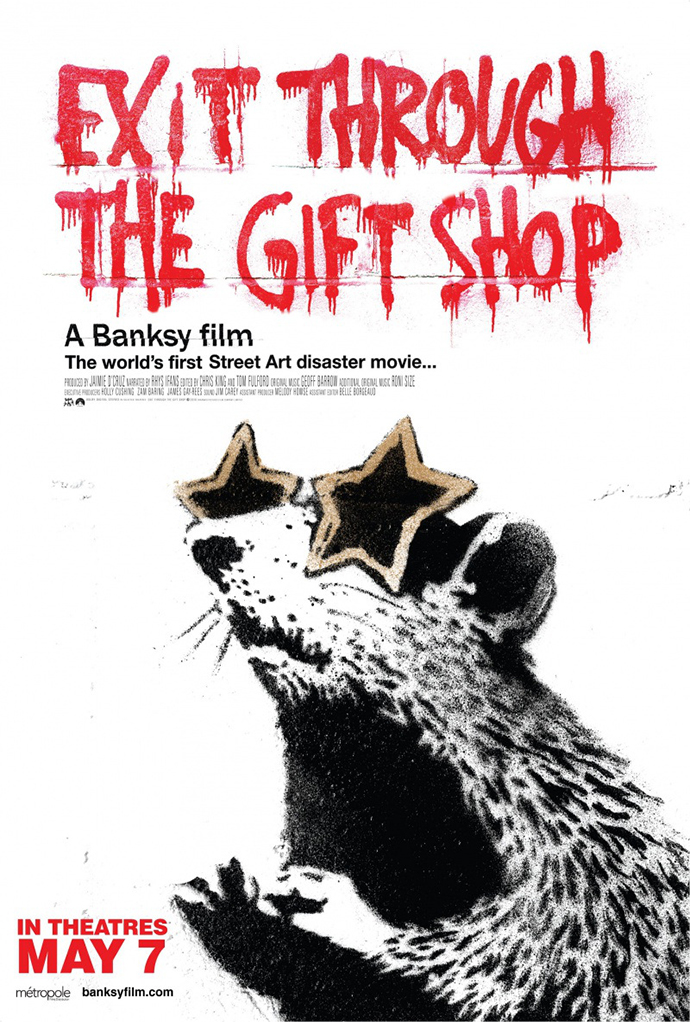
In October 2013, Banksy took to the streets of New York City. There he pledged to create a new piece of art for each day of his residency. As he explained to the Village Voice, “The plan is to live here, react to things, see the sights — and paint on them. Some of it will be pretty elaborate, and some will just be a scrawl on a toilet wall.” During that month, he also sold some of his works on the street for $60 a piece, well below the market value for his art
A prototypical street artist, Banksy justified his vandalism of public space, and his use of the city as canvas, as being a direct response to what he called “Brandalism,” or, “any advertisement in public space that gives you no choice whether you see it or not…The people who truly deface our neighborhoods are the companies that scrawl giant slogans across buildings and buses trying to make us feel inadequate unless we buy their stuff. They expect to be able to shout their message in your face from every available surface but you’re never allowed to answer back. Well, they started the fight and the wall is the weapon of choice to hit them back.
To say the least, controversy has always been a driving force in and around Banksy’s art.
At the London Zoo, Banksy climbed into the penguin enclosure and painted “We’re bored of fish” in 7-foot-high letters. He also left the message “I want out. This place is too cold. Keeper smells. Boring, boring, boring.” in the elephant enclosure.

lso in 2015, Banksy created several murals in response to the Syrian refugee crisis, which were located in the area of Calais, France’s “jungle”—a site heavily packed with migrants attempting to enter the country. One of these murals ironically depicted Apple founder Steve Jobs, because as the artist described, “We’re often led to believe migration is a drain on the country’s resources, but Steve Jobs was the son of a Syrian migrant. Apple is the world’s most profitable company, it pays over $7bn a year in taxes – and it only exists because they allowed in a young man from Homs.”
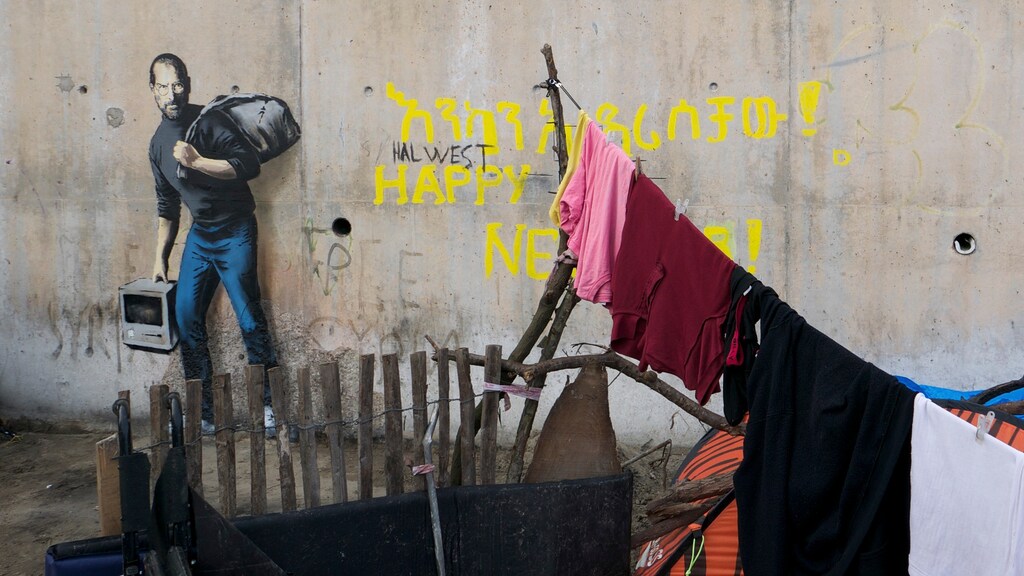
The end of 2018 brought to light a stroke of artistic genius from Banksy, in an unforgettable pre-strategized prank that rocked the art world’s stuffy foundation. One of Banksy’s prior works ‘Balloon girl’ was sold at a Sotheby’s auction for 1.04 million pounds, yet just as the gavel sound confirmed the piece was sold, an alarm sounded from inside the picture frame and the piece started to pass through a shredder that had been buried inside. The antic would go down in history as presenting the first piece of artwork, created guerilla-style, in the midst of an auction. Yesterday, the piece sold again at Sotheby’s – half-shredded for 22 million euro!
The expo ‘Genius of Vandal’ has started the debate on a universal scale to legitimize graffiti as a viable form of public art. Many of Banky’s works remain on buildings and other public spaces because of their contemporary value, even if at the time of their creation, they were seen as illegally concocted. In fact, many building owners have benefitted from becoming “owners” of an original Banksy.


